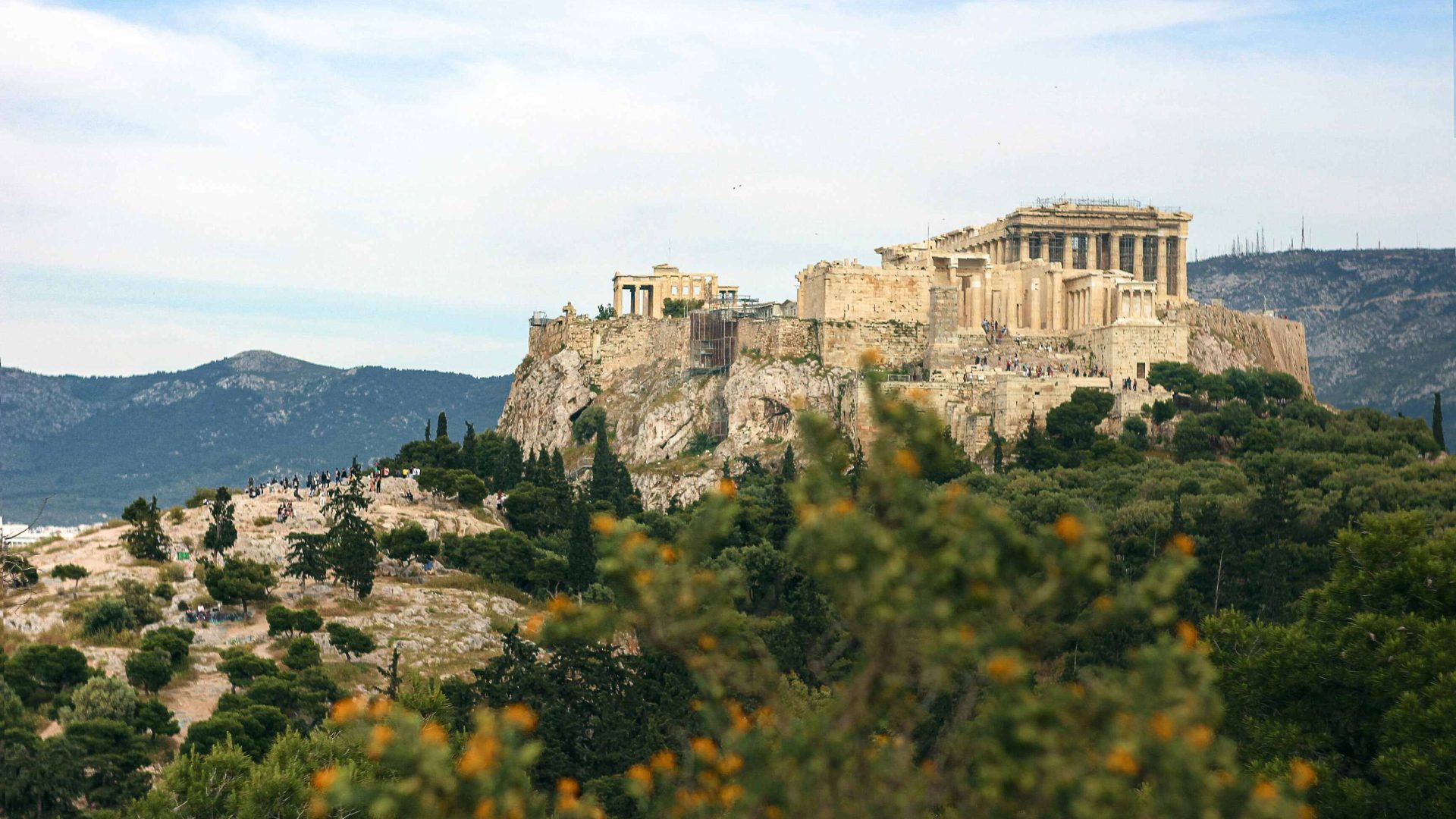
After at least five heat-related deaths in Greece, some travelers are asking: Is it still safe to go?


After at least five heat-related deaths in Greece, some travelers are asking: Is it still safe to go?
Heatwaves present a tricky problem for travelers. Even if you need to change outdoor plans for safety reasons, you likely won’t get a refund for travel or pre-paid hotels if you choose to cancel your trip. So you may feel like you have little choice but to go ahead with your trip, whether it seems wise or not.
This year, however, the stakes are higher: Greece recently recorded its earliest-ever heatwave. At least six tourists have died from suspected heat-related causes after going for hikes during hot temperatures. At least three others were also reported missing.
Greece isn’t the only tourist destination dealing with trip-altering heat. At least 450 people died during the annual hajj pilgrimage to Mecca in Saudi Arabia, with temperatures reaching up to 120°F; at least seven people have died hiking in the US Southwest; and a fan died after fainting at a Taylor Swift concert in heatstruck Rio de Janeiro, Brazil.
These deaths underscore that a business-as-usual attitude can be fatal in the face of climate change, and that many travel destinations are ill-equipped to handle rising temperatures. Cinzia de Marzo, a European Climate Pact Ambassador who focuses on sustainability and tourism, told Skift that most destinations—even those accustomed to high summer temperatures—simply “don’t plan.”
Barcelona has over 350 ‘climate shelters‘ in libraries, museums, community centers and parks around the city, and says 98 percent of its residents are within 10 minutes of one. So far, however, the city seems to be in the minority. Most destinations have chosen to respond to emergency situations rather than proactively create heat plans and disseminate that information to tourists.
“The main complaint from the tourist perspective is information,” de Marzo told Skift. “They are not being informed. In the case that tourists are well informed in advance, they understand, they don’t want to risk their lives.”
In places where deadly heat is all but certain to occur, there’s often more infrastructure available to help tourists navigate the environment. Grand Canyon National Park is no stranger to tourists who think they can outsmart the heat, and wind up needing costly or dangerous rescues. The Grand Canyon rim is at altitude, so it’s significantly cooler than the canyon floor. People often fail to take this into account when they hike down in the morning and need to start their return climb at the hottest part of the day.
Earlier this year, Grand Canyon National Park debuted a short video with heat safety tips to prevent these search-and-rescue efforts. Their tips offer sage advice for all hot weather traveling: Take more water than you think you need, and drink it regularly. Bring salty snacks to make up for all the salt you sweat out. Rest in shady places, and douse yourself and your clothes with water whenever possible to take advantage of nature’s own air conditioning. And avoid hiking (or being generally active) during peak daylight hours, when the sun is strongest. Oh, and, of course, wear a lot of sunscreen.
Heatwaves are often predicted weeks ahead of time, so try to stay on top of news in your destination long before you set off. Aside from checking weather forecasts, check local news, government warnings, and visitor center websites and social media accounts. Familiarize yourself with the signs of heat exhaustion, and have a plan for both escaping the heat and your contact in case of emergency.
It’s important to know your limits, too, and not push them too far. If you don’t have experience hiking in desert climates or suffocating humidity, climbing a mountain alone in 100-degree temperatures probably isn’t the best idea. Same goes for music festivals or spending hours standing in line for the Acropolis under direct sun (Athens recently closed the site during peak daylight to mitigate heat exhaustion risks).
Ultimately, it’s a personal decision. But considering the dangers, the best thing we can do as travelers is be vigilant and aware of the risks.
***
Adventure.com strives to be a low-emissions publication, and we are working to reduce our carbon emissions where possible. Emissions generated by the movements of our staff and contributors are carbon offset through our parent company, Intrepid. You can visit our sustainability page and read our Contributor Impact Guidelines for more information. While we take our commitment to people and planet seriously, we acknowledge that we still have plenty of work to do, and we welcome all feedback and suggestions from our readers. You can contact us anytime at hello@adventure.com. Please allow up to one week for a response.

Kassondra Cloos is a travel journalist from Rhode Island now living in London. Her work focuses on slow travel, urban outdoor spaces and human-powered adventure. She has written about kayaking across Scotland, dog sledding in Sweden and road tripping around Mexico. Her latest work appears in The Guardian, Backpacker and Outside, and she is currently section-hiking the 2,795-mile England Coast Path.








Can't find what you're looking for? Try using these tags: